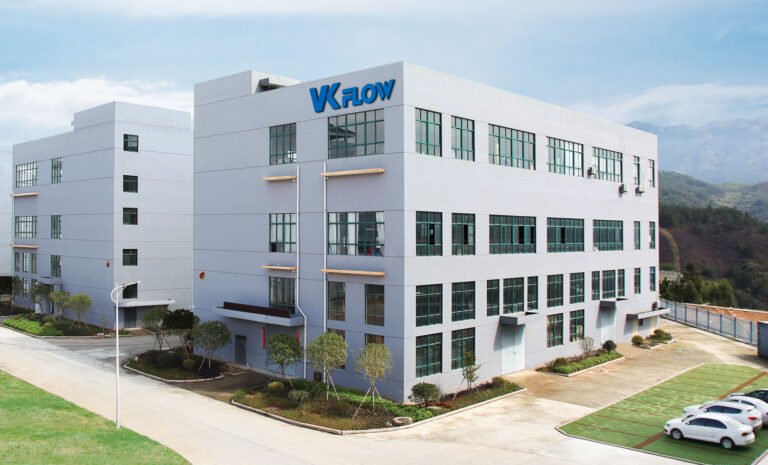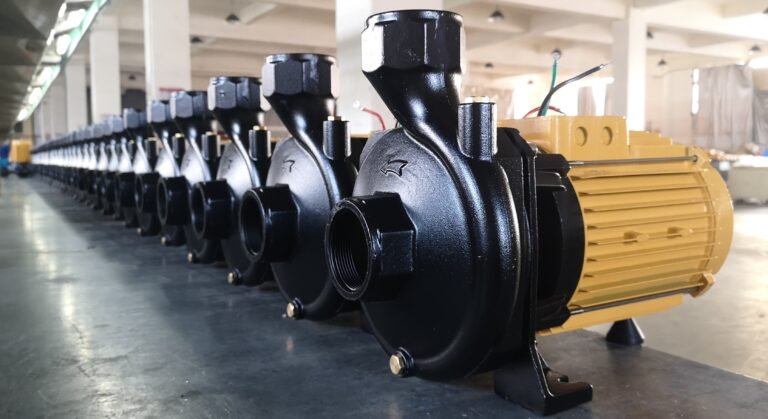Understanding Peripheral Pumps: Operation, Applications, and Advantages
Introduction to Peripheral Pumps
The peripheral pumps acts as a type of volume displacer pump that works by first sucking the liquid through a suction flange and directing it into an annular channel. This channel contains the peripheral impeller, which rotates and transforms the liquid in a centrifugal motion. Peripheral pumps are close-coupled centrifugal pumps with an impeller consisting of a large number of radial vanes on the outside edge. As the impeller rotates in a concentric casing channel, the liquid flows between the vanes and casing, transmitting large amounts of energy and leading to a significant increase in pressure within the pump.

Applications of Peripheral Pumps
Peripheral pumps are typically designed for clean fluids due to the narrow clearances between the impeller vanes and pump casing, which means any solids would stop the impeller. These pumps are often used in applications requiring medium to high-pressure liquid transfer of low viscosity. Common uses include hydro cyclone feed, filtration, fluid transfer across large distances, jetting, and display fountains.
Advantages of Peripheral Pumps
One of the primary advantages of peripheral pumps is their ability to handle gas-entrained fluids without the risk of cavitation. They also have versions with high self-priming ability up to 6 meters, handling any air ingress without issue. Standard versions have manometric suction lifts up to 8 meters when fitted with a foot valve. Additionally, peripheral pumps provide low flow rates at high pressures similar to gear pumps but without the need for a gearbox. Their compact design and low axial thrust contribute to their long lifespan. Lastly, these pumps have low NPSH (Net Positive Suction Head) requirements.
Choosing Between Centrifugal Pumps and Peripheral Pumps
Although peripheral pumps are excellent for certain applications, it is essential to evaluate the specific needs of each situation to determine if this type of pump is the most suitable. Factors such as the required pressure, flow rate, type of liquid to be pumped, and operating conditions should be considered. For higher pressure, extended service life, and relatively simple maintenance, a centrifugal pump may be more appropriate. On the other hand, peripheral pumps offer affordability and efficiency for water lifts at significant heads, making them a suitable choice for budget-conscious applications.
In conclusion, the choice between a centrifugal and peripheral pump depends on a comprehensive evaluation of your specific needs, operating environment, and balance between cost, efficiency, and durability. At Weijing Water Pumps Company, we are committed to assisting you in selecting the most suitable pump for your application, ensuring an optimal and efficient solution for your pumping needs. For technical advice or further questions about our industrial pumps, please contact our customer service department. We will be delighted to help you!
More details Centrifugal Pumps kindly via this link: CENTRIFUGAL PUMPS – Manufacture and Exporter of Quality Water Pumps. (kxhweijing.com)
As a Quality Pumps Manufacture, At Fujian Weijing Pump Co., Ltd., we take immense pride in offering a comprehensive selection of water pumps tailored to meet the diverse requirements of various industries.
Our range of products includes:
- Peripheral pumps
- Centrifugal pumps
- JET self-priming pumps
- Self-suction pumps







